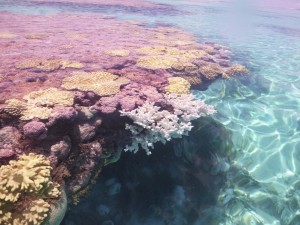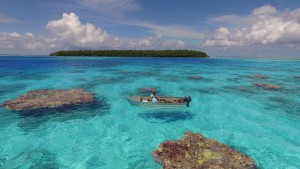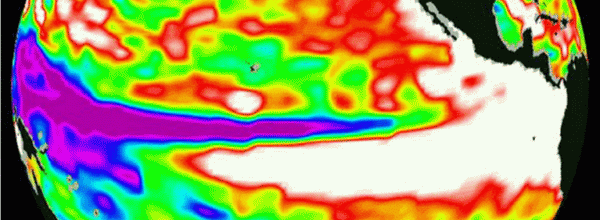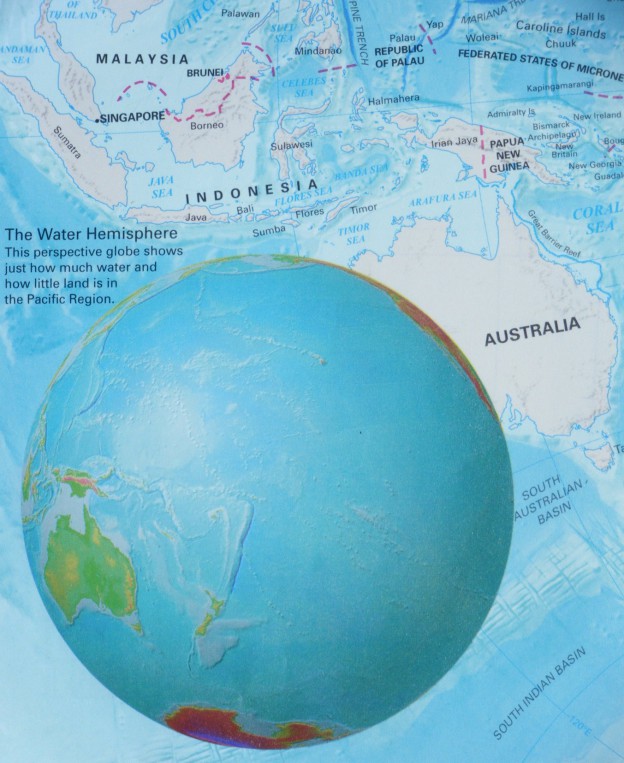Picture perfect office – © Dr. Michael WhiteKia Orana Everyone!Firstly, my apologies for being offline for a while.I’ve been extremely busy researching the rapid impacts of ocean warming on my atoll (9 South; 158 West).These include coral bleaching and death of our giant clams (Tridacna maxima).Also many of our trees have suffered badly and have either collapsed or are very sick.I’d like to thank my friends and research colleagues: Papa Ru Taime & John Beasley. Meitaki Poria.I’ll try and use this post as a form of blog and will deal with each aspect over the coming weeks.In particular I am now seeing secondary impacts, such as algal growth on the bleached corals ~ so in time this may cause a shift in fish populations or marine invertebrates.So this is truly the living, shifting face of climate change.Welcome to our new world!

Deeper corals suffered more than many surface ones, probably because deeper species have a narrower thermal range






